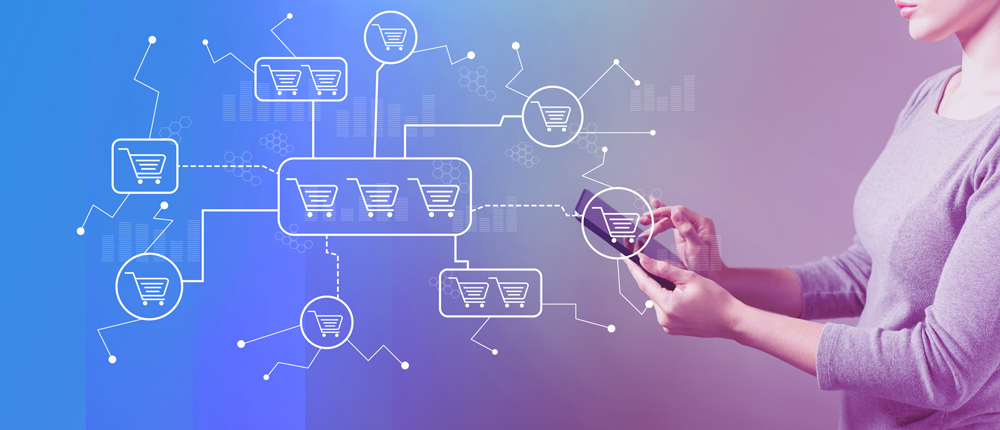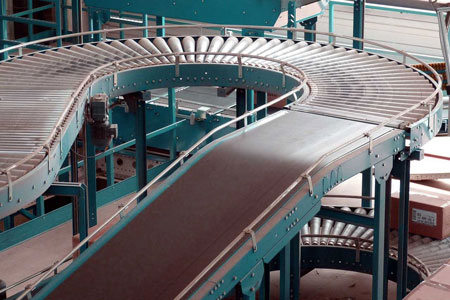
Retail Demand Planning Before, During, and After Crisis

Retail Demand Planning Before, During, and After Crisis
Yogi Berra is often quoted as saying, “The future ain’t what it used to be.” Steve Jobs echoed the same sentiment as a preface to his optimistic extrapolations predicting the future of technology. In today’s world, this couldn’t be closer to the truth. Three years ago, in the early days of the global COVID-19 pandemic, The Parker Avery Group hosted our Reconstructing Retail webinar series, with a focus on people, inventory management, and retail planning. We outlined how very different demand planning will be for retailers and consumer brands—not only the outcome but the elements involved in creating these critical predictions.
We discussed three phases and outlined specific tools and actions that retailers could take in order to prepare for and predict the future:
While the pandemic is thankfully in the past, we are still impacted by current geopolitical events. As such, it is important to revisit lessons learned from the COVID-19 crisis in the context of the three phases our experts outlined in mid-2020 to provide a blueprint for navigating future disruptions.
Learn and Assess
Most of us have adapted to major changes by learning from the past, but the first few months of the pandemic put us in an interesting position. Retail (and the world) as we knew it had never seen anything like COVID-19, so learning from the past was likely not an option. The future was not certain, and many retailers were learning and adapting in real-time.
One of the first things retailers noticed coming out of the COVID-19 crisis was that their sales patterns looked significantly different than in previous years because traditional forecasting systems rely heavily on historical sales. Further, varying levels of intervention are required with many of the forecasting systems on which retailers and consumer goods companies rely. This is especially true with traditional time-series-based models.
When it comes to current demand planning tools and processes, retailers should strive to make what they already possess smarter. Identifying untapped functionality in existing environments can sometimes deliver desired capabilities without significant technology investments. There are also advanced analytics service models that can be quickly implemented at a fraction of the cost of many traditional systems. Prioritizing short-term, mid-term, and long-term changes into an achievable technology roadmap will keep resources focused and moving forward.
Outside of demand signals, retailers must explore inventory flow options (e.g., holding inventory until it can be sold or finding alternative sources to satisfy consumer demand). Ultimately brands must do what is right for the current situation, but with the mindset that all decisions should be made with an eye on future business impacts and strategies.
Recover and React
As we moved out of the initial shock of stores reopening, we moved into the recovery phase. Three years ago, we recommended starting recovery with the easiest and most intuitive mitigation strategies first, such as imputation of demand lost during the COVID-19 crisis using simple proxies (LY/LLY), looking at the reasonableness of the resulting forecast, and then moving on to more complex solutions, as time and resources permitted.
During major supply-chain disruptions, planning teams can easily succumb to “analysis paralysis” through over-manipulation of data in the system due to unknown factors. These teams want to be as accurate as possible knowing inventory investments are high. It is easy to get stuck in multiple forecast scenarios trying to answer questions and be as precise as possible, particularly when relying almost exclusively on traditionally limited sets of historical data.
Advanced analytical systems can allow retailers to recover quicker from supply chain disruptions by incorporating new, highly relevant data sets. Combining historical data with a variety of macroeconomic variables plus supply, transportation, and location-specific business rules and constraints, Parker Avery’s Enterprise Intelligence allows for true integrated business planning by generating optimal projections for every step of an S&OP process. This approach enables enterprise agility and quick response to supply chain disruptions with better accuracy by incorporating external causal factors.
Within Enterprise Intelligence, we have also built a “true demand modeling” capability that quantifies lost demand due to closed stores or out-of-stocks and measures the impact of demand transfer across products hierarchy/attributes and channels. This unique approach delivers a forecast with significantly more accuracy than traditional systems and enables faster and more strategic responses to demand patterns.
In addition, with the current advancements in analytical methodologies, brands do not have to resort to putting out fires that have already occurred. Parker Avery’s “anomaly detection” capability allows retailers and CPG companies to detect disruptions at their onset and immediately alert stakeholders so they can quickly employ mitigation strategies.
Evolve and Adapt
It is unlikely that any retailers can, should, or will go back to pre-pandemic behaviors. The brands that leverage learnings and newly developed skills from COVID-19 and continue to evolve and adapt will also continue to strengthen.
Looking forward to supply chain visibility and data accessibility to make faster and better decisions will play a critical role. Those companies that must continue to piece together information will have a much tougher time moving forward and keeping up. The future will be about agility and being able to quickly pivot as different scenarios and new challenges arise. It’s also about identifying ways to achieve new capabilities and efficiencies quicker and more cost-effectively.
But it is important to remember that the future is not all about technology, in fact far from it. Evaluating and making changes to your existing business processes can go a long way, as well as ensuring your people are ready to embrace new ways of working through a concerted change management program. This multi-faceted approach also sets you up for a successful technology change in the future if that is the route you choose.
Related Content





